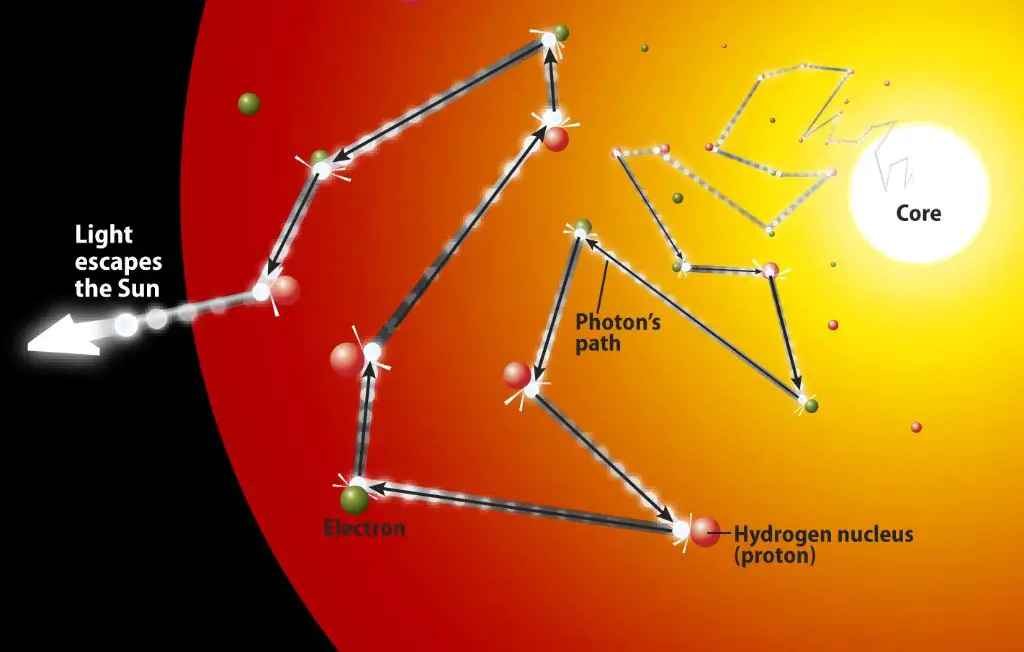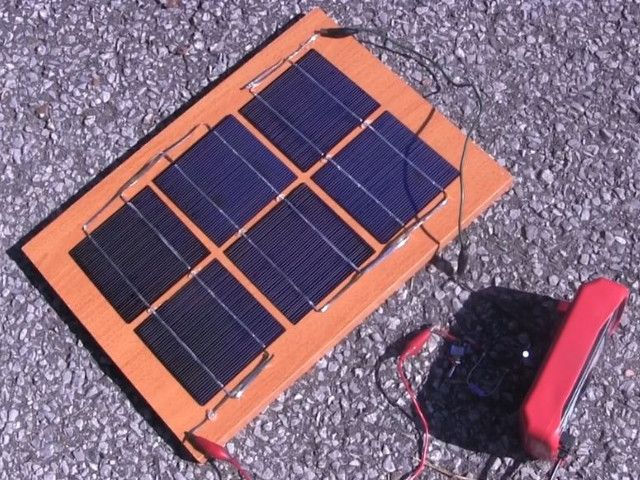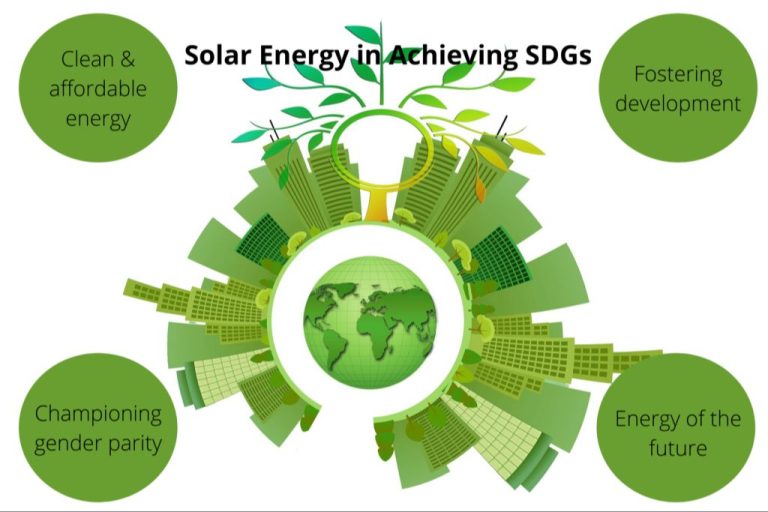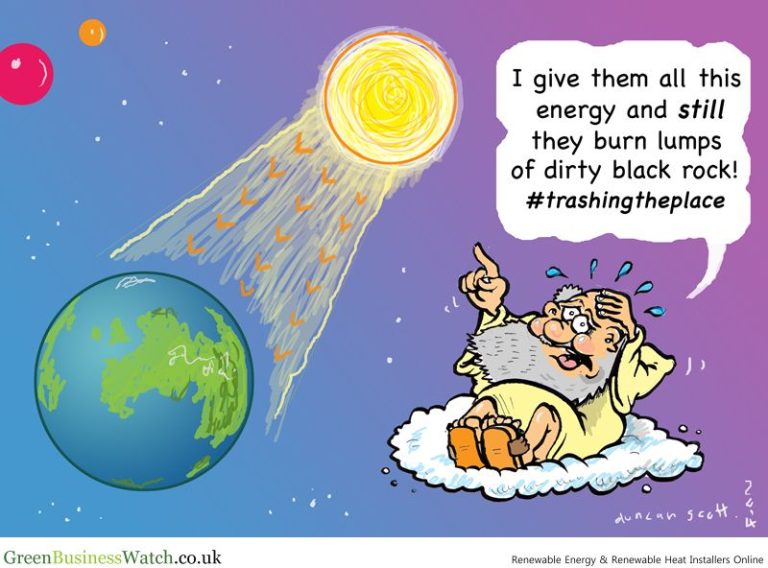How Does The Sun Bring Light?
Introduction
The Sun is the star at the center of our solar system and is responsible for producing light and heat that sustains life on Earth. As a medium-sized yellow star, the Sun formed about 4.6 billion years ago and has been shining ever since, providing the energy that powers Earth’s climate, weather, and makes photosynthesis and life possible. The Sun produces light through thermonuclear fusion reactions occurring in its core, which release tremendous amounts of energy in the form of photons. These photons stream outwards from the Sun’s fiery surface, travel the 93 million miles to Earth, and provide the full spectrum of light that illuminates our planet during the daytime. This introductory section will examine how the Sun generates its sunlight and propagates it across space to bathe Earth in light and warmth.
Composition of the Sun
The Sun is composed primarily of hydrogen (about 74% of its mass) and helium (about 24% of its mass). The remaining 2% of the Sun’s mass consists of small amounts of oxygen, carbon, neon, iron and other elements.
At the core of the Sun, nuclear fusion reactions take place, fusing hydrogen into helium and releasing enormous amounts of energy in the process. The pressure and temperature at the center of the Sun is sufficient to cause hydrogen atoms to come together and form helium. During this nuclear fusion process, some of the mass of the hydrogen is converted into energy as described by Einstein’s famous equation E=mc2.
Light Generation
The Sun generates light through a process called thermonuclear fusion. At the core of the Sun, extremely high temperatures and pressures cause hydrogen atoms to come together and fuse into helium. This nuclear fusion reaction releases massive amounts of energy in the form of gamma rays.

These gamma rays originate from the core of the Sun and slowly work their way outward through a radiative zone and convection zone. As the gamma rays move and collide with other particles, some of their energy is absorbed and re-emitted at lower frequencies. By the time the photons reach the outermost layer of the Sun, called the photosphere, the gamma rays have been converted to visible light.
The thermonuclear fusion reactions happening in the core of the Sun continuously produce photons across the electromagnetic spectrum. The journey that photons take from the core to the surface shifts their frequency into the visible light range that the human eye can detect and that plants use for photosynthesis. This constant process of light generation through nuclear fusion allows the Sun to shine.
Photosphere
The photosphere is the visible surface layer of the Sun that emits sunlight. It has a temperature of around 5800 K and is several hundred kilometers thick. This outer layer of the solar atmosphere is not a solid surface but consists of dense, hot gases composed primarily of hydrogen and helium.
The high temperature causes ionization of the gases in the photosphere, which makes it electrically conductive. This allows heat from the interior of the Sun to be transported outward through convection, with hotter gases rising to the surface then cooling and sinking again. The churning convective motion of the photosphere creates a pattern of hot and cool areas called granulation.
Within the photosphere, photons are constantly being generated as electrons move between different atomic energy levels. Photons that happen to be directed outwards can escape and travel through space as sunlight. The visible light we see coming from the photosphere is emitted from a range of depths corresponding to different wavelengths. Blue light comes from deeper and hotter regions while red light comes from higher up where it is cooler.
Light Propagation
Light emitted from the sun’s photosphere travels through space to reach Earth and other planets. Though it seems instantaneous, light propagates at a finite speed of approximately 300,000 kilometers per second (186,000 miles per second). This speed, commonly referred to as the speed of light and represented by the letter c, is a fundamental constant of nature.
Light propagation can be modeled and described both as a wave phenomenon and a particle phenomenon. As a wave, light is an electromagnetic radiation that oscillates perpendicular to its direction of travel. It has characteristic wavelengths and frequencies across the electromagnetic spectrum. As particles, light travels in discrete bundles called photons. Photons carry energy proportional to their frequency.
In empty space absent of interactions, light travels in straight lines. Its path may be bent by gravitational forces, such as around massive stellar objects. Over astronomical distances, the expansion of space itself affects the propagation of light.
When traveling from the sun to the Earth, sunlight passes through the vacuum of space unimpeded until it reaches the atmosphere. The various gases that make up our atmosphere can scatter and absorb certain wavelengths of sunlight. But much visible light passes through the atmosphere to reach the planet’s surface in around 8 minutes after being emitted from the photosphere of the sun some 150 million kilometers away.
Light Absorption
As sunlight passes through Earth’s atmosphere, some of the light is absorbed by particles in the air. Oxygen, ozone, water vapor, carbon dioxide and other gases in the atmosphere absorb specific wavelengths of light. This selective absorption of certain colors of light is why the sky appears blue. The shorter wavelength blue light is more easily scattered by air molecules compared to longer wavelength red light.
When sunlight reaches Earth’s surface, the ground, water, plants, and other materials absorb the light. Different surfaces have different light absorbing properties, depending on their color and material composition. For example, snow and ice reflect more sunlight compared to darker soil or water. Green plants absorb mainly the red and blue light they need for photosynthesis, while reflecting the green light that gives them their color.
The absorption of sunlight by the atmosphere and Earth’s surface is a key part of the planet’s energy balance. Only about half of the incoming solar radiation reaches the ground, with the rest absorbed by the air and clouds. This light absorption drives weather patterns and provides energy for biological processes like photosynthesis that support life on Earth.
How Plants Use Sunlight For Photosynthesis
Photosynthesis is the process by which plants use sunlight to convert carbon dioxide and water into food (sugars) and oxygen. This process allows plants to harvest the Sun’s energy and convert it into chemical energy that they can use. Photosynthesis takes place in plant cells that contain chlorophyll, which gives plants their green color.
Chlorophyll molecules absorb sunlight, particularly the red and blue wavelengths. The energy from the absorbed light is used to power chemical reactions that convert carbon dioxide and water into organic compounds like glucose. The glucose provides plants with the energy they need to grow and maintain their biological functions. Oxygen is released as a byproduct of photosynthesis.
The chemical formula for photosynthesis is:
6CO2 + 6H2O + Light –> C6H12O6 + 6O2
This shows that carbon dioxide and water, using energy from sunlight, are converted into glucose and oxygen through photosynthesis. The glucose provides chemical energy for plants while the oxygen is released into the atmosphere where it is used by other organisms for respiration.
Overall, the process of photosynthesis is essential for life on Earth. By harnessing the Sun’s energy, plants are able to produce food, oxygen, and support nearly all terrestrial ecosystems. They provide the base of food chains and enable complex life forms, like humans, to exist.
Vision
Eyes have evolved over millions of years to detect sunlight and enable vision. The retina contains light-sensitive receptor cells called rods and cones that transduce light into electrical signals. These signals get transmitted to the visual cortex in the brain, where they get interpreted into the images we see.
Rods are sensitive to low light levels and motion, while cones are responsible for color vision and fine visual details. Cones come in three types that are sensitive to short (blue), medium (green), and long (red) wavelength light. The differing sensitivity of the cone cells allows the visual system to perceive color.
When sunlight enters the eye, it gets focused by the cornea and lens onto the retina. The rod and cone cells get excited when they absorb photons of light. This triggers a cascade of molecular events that generates an electrical signal. The retina’s neuronal network transmits these signals via the optic nerve to the visual cortex for visual processing.
The visual system is able to sense both the intensity and wavelength of sunlight entering the eye. Signals from the cones allow us to see color, while signals from the rods provide black-and-white vision in low light. By detecting the subtle differences in sunlight’s spectral composition, our eyes perceive the vivid colors of our visual world.
Light Energy Applications
The Sun’s light energy is harnessed for various applications that benefit human life on Earth. Some of the main uses of solar energy include:
- Solar heating – Solar thermal collectors capture heat from sunlight to warm buildings, water, or other fluids. This application includes solar water heating systems, solar pool heaters, and solar space heating systems.
- Photovoltaics – Solar photovoltaic (PV) panels convert sunlight directly into electricity. PV systems are used to provide power to homes, businesses, and the utility grid.
- Concentrated solar power – Mirrors concentrate sunlight to heat a fluid that drives a steam turbine and generates electricity in utility-scale power plants.
- Solar cooking – Solar cookers use reflective materials to concentrate sunlight for cooking food and sterilizing water in places with abundant sunshine.
- Lighting – Transparent solar panels can generate electricity from windows, while solar-powered lighting fixtures provide emissions-free lighting.
- Agriculture – Solar-powered irrigation pumps, crop dryers, and other agricultural applications are especially valuable in remote areas without grid electricity.
- Transportation – Solar vehicles use PV panels to charge batteries that power electric vehicles, while some solar-powered cars directly convert sunlight into motion.
In summary, solar energy is an incredibly versatile renewable resource that is increasingly being harnessed to displace fossil fuels and enable sustainable development worldwide.
Conclusion
In conclusion, the Sun generates light through nuclear fusion reactions in its core, which cause it to shine brightly. This light radiates outwards through the Sun’s outer layers like the photosphere, becoming the sunlight that illuminates Earth. Sunlight is absorbed by Earth’s atmosphere and surface, providing the energy that drives photosynthesis in plants and enables vision in animals. We rely on sunlight for energy production from solar panels, for Vitamin D, and to sustain life on our planet. Understanding the Sun’s light-producing processes and its importance helps us appreciate our closest star.






